Sinding-Larsen-Johannson (SLJ) disease is the name given when there is osteochondrosis to the lower portion of the patella (kneecap). Osteochondrosis is the umbrella term used to describe the process that is happening. Depending on where your child has osteochondrosis they will be given a different named diagnosis. Here is a list of some of the common areas to get osteochondrosis in no particular order:
- Osgood-Schlatter: tibial tuberosity
- Sinding-Larsen-Johannson (SLJ): inferior patellar pole
- Sever: Achille’s tendon attachment
- Panner: lateral elbow
- Little Leaguer’s Elbow: medial elbow (common in pitchers and throwing sports)
- Little Leaguer’s Shoulder: proximal humerus – where your arm connects with your shoulder
- Legg-Calve-Perthes: Femoral Head
- Freidberg: metatarsal head – where your toes connect with your foot
- Köhler: navicular bone – inside of foot
- Scheuermann disease: anterior vertebral endplate
This list doesn’t cover every name of everywhere you can get osteochondrosis, but these are among the most common. Osteochondrosis is a weakening or damage to the cartilage of the growth plate and tissue around growing bone. The cause could be one or a combination of:
- Genetic causes
- Repetitive trauma
- Vascular abnormalities
- Mechanical factors
- Hormonal imbalances
- Allergies (Especially food allergies)
Often there will also be a muscle imbalance in the involved joint, creating excess pull in the area of pain. For example, in SLJ and Osgood Schlatter the quadricep muscle will be very tight and pulling too hard. Whether the damage occurs in the tibial tuberosity like Osgood or the patella like SLJ is up to luck. Legg-Calve-Perthes is more commonly due to decreased blood flow to the femoral head. This causes the bone to die in that area. Because of this, Legg-Calve-Perthes should be addressed sooner than later to stop the bone loss. Scheuermann can also create a permanent hump-back and for this reason should be addressed quickly as well. It is important to note that most of these are self-limiting diseases, but they also limit your child’s ability to run around and play as they would like because of the pain. This play they would like to engage in helps with their overall development, and thus finding the cause of their pain becomes all the more important. Overuse can play a role and should be considered, but other causes should also be ruled out (maybe your child isn’t recovering as fast as he/she should). I’ll focus more on SLJ for the rest of this article but realize the principle is similar for any of the above-mentioned diseases.
What to do about Siding-Larsen-Johannson Disease
As discussed already SLJ is due to extra pull in the quadricep muscle causing damage and inflammation to the lower part of the kneecap. Whenever there is a tight muscle, you can usually find a weak one that opposing the movement of that muscle. Conventional wisdom states that we should stretch and loosen (essentially weaken) the strong muscle and strengthen the weak one; in this case that would classically be the hamstring. I would argue the opposite, muscles are like rubber bands and when unopposed they will contract and feel tight because of this. This means that if one muscle is weak due to some injury, hormone imbalance, allergy, stress, etc… then the opposite will feel tight. Rather than “beating up” on the tight quads we should strengthen the weak or under firing hamstring (or popliteus, I’ll get to this in a second). I said under firing on purpose, because the muscle itself may not be weak, but you may not have full neurologic control (your brain isn’t telling that muscle to fire with as much strength). The cause of this “neurologic weakness” can sometime be difficult to determine but here are some steps you should be taking to ensure your child has what he/she needs to heal his/her cartilage, and possibly correct the cause.
Diet
Make sure they are getting plenty of high-quality whole food, especially protein. Protein helps to build cartilage and muscle. Grass-fed meats and pasture raised food is ideal. Grass-fed butter is a great way to support healthy hormone levels. Read more about the many benefits of butter here.
Stress
Your child needs time to relax and do the things they love too. Recovery is an important part of healing, let them nap if they feel they need it. Read more about stress here.
Exercise
Don’t stop all play and exercise, but work within their tolerance of pain. Exercise signals bone, muscles, ligament, and tendons to grow stronger. This also helps with stress and hormone regulation.
Siding-Larsen-Johannson Case
An 11-year-old child came into my clinic who had to stop playing soccer due to SLJ in his left knee. He loved playing soccer and would continue to play and practice even after official practice ended. His mom reported that he was kicking a soccer ball since he was 7 months old. Since his diagnosis of SLJ he has been told to stop playing soccer. Because of this he has been playing more video games, but he can’t stop thinking about getting back on the field. 2 years ago, he had pain in his ankle at the attachment of the Achille’s tendon. He was told then that he has an open growth plate there and the pain was because of his tight Achilles tendon. Although they never diagnosed this back then, I suspect he also had Sever disease. He felt the most pain when squatting and walking downstairs (this is a sign of quadricep dysfunction). When squatting on just his left leg he felt pain rated at 4/10. After a thorough physical exam I found that his quads on the left side were tight and overfiring and his popliteus was the weak culprit. This imbalance of strength in the knee was likely creating the pain he was feeling. The cause of this weakness was determined, through manual muscle testing to be a reaction to diary. A compound known as TMG was found to help reduce this sensitivity. This is commonly found in beets, and he was given a concentrated beet supplement. After treatment I had him try his single leg squat again and he felt zero pain, “You’re a wizard!” he exclaimed.
Conclusion
The above case highlights that something seemingly unrelated could be creating the pain. The inflammation and stress the dairy was putting on the body was slowing down his recovery and creating an imbalance in the muscles of the knee. No amount of cupping, scraping, or stretching was going to correct that imbalance. Sinding-Larsen-Johansson and other osteochondrosis diseases can typically be corrected with the right care. Work with your doctor and keep asking why until you get to the true cause of the problem. When you do, healing occurs very quickly.

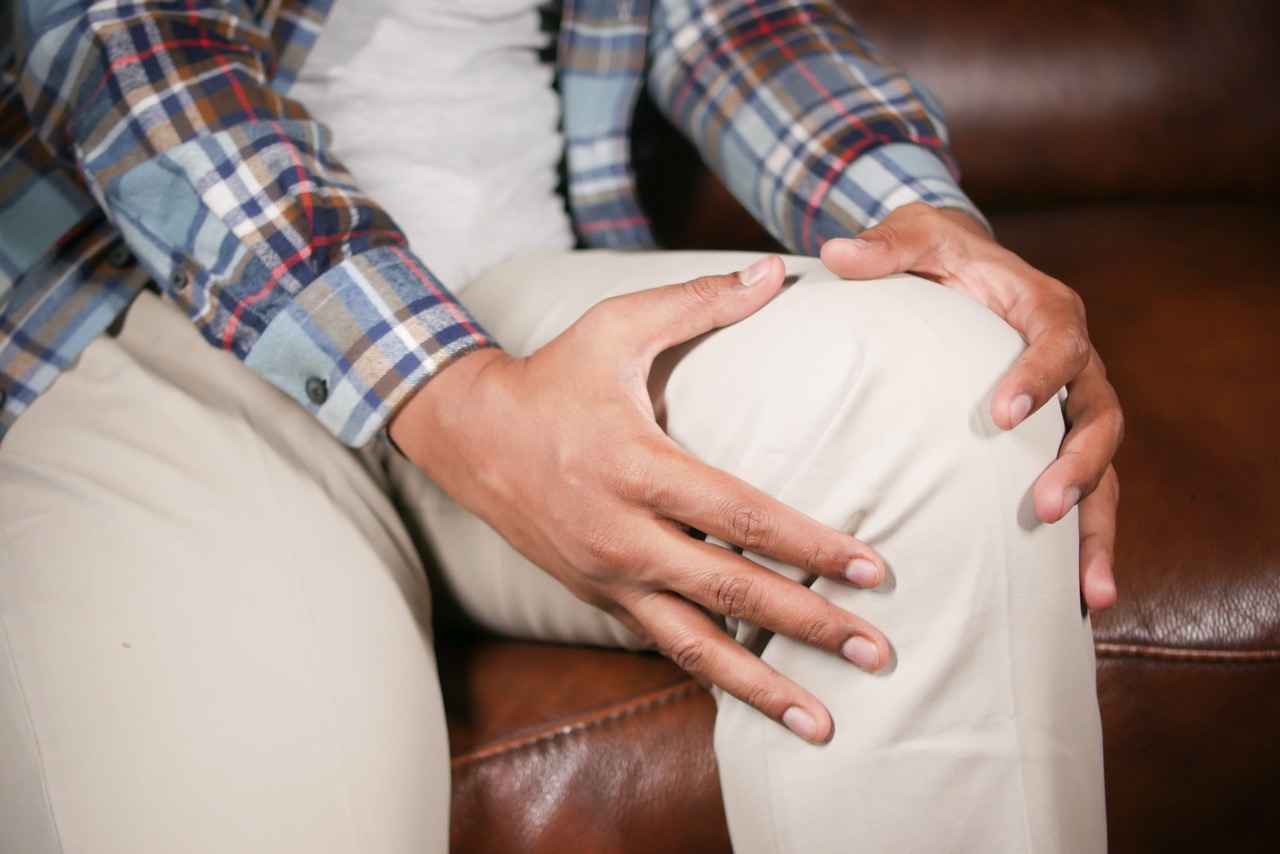

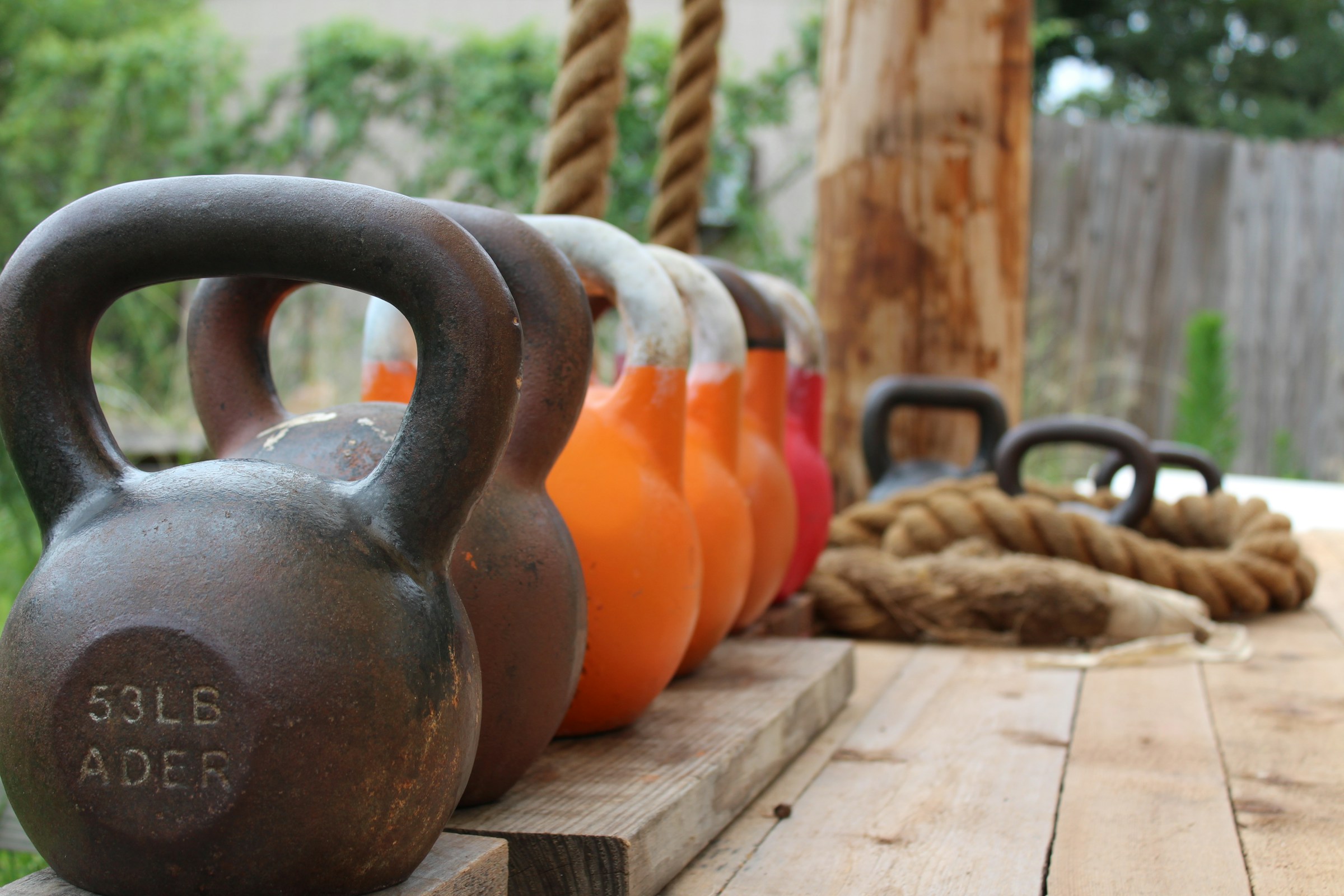
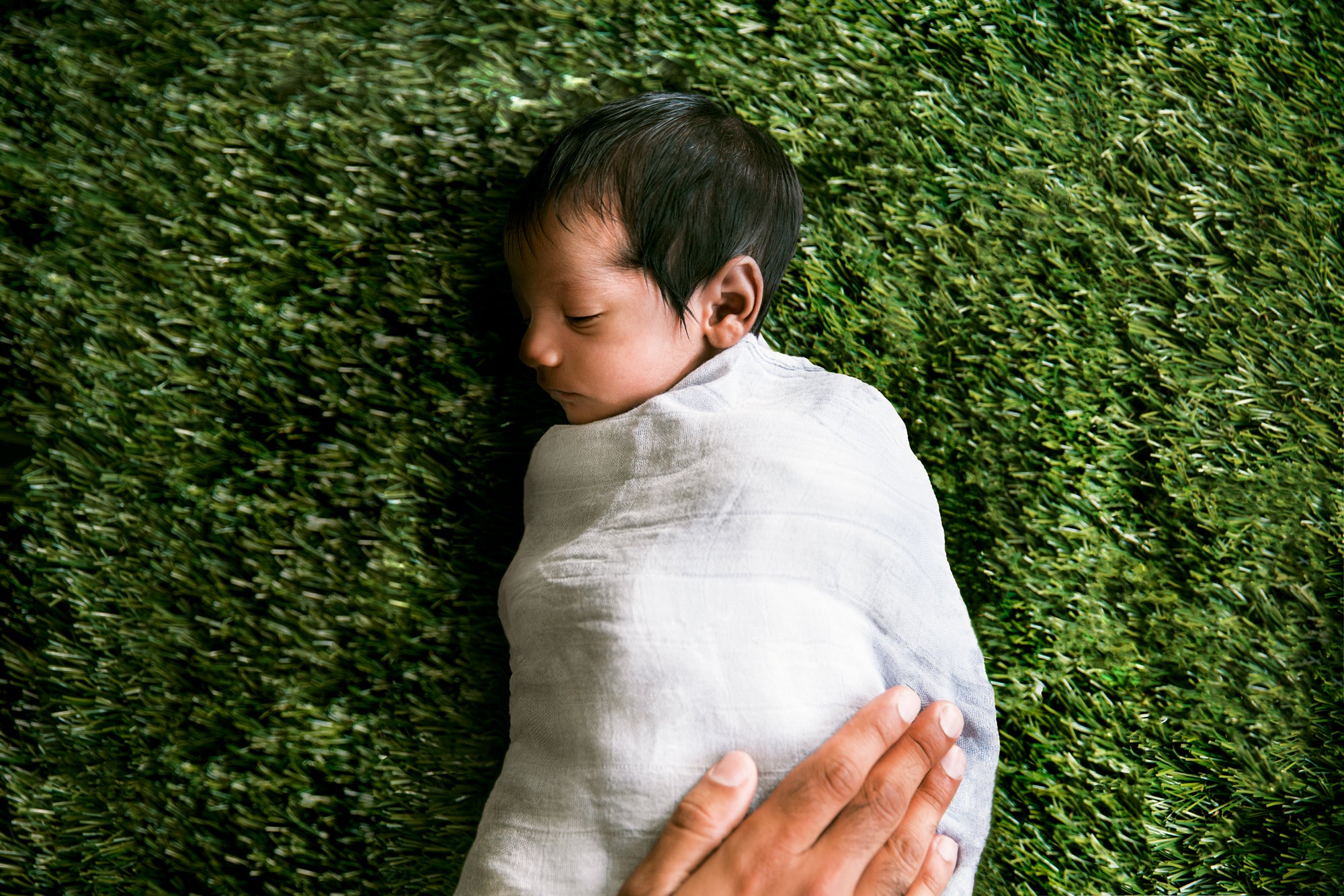
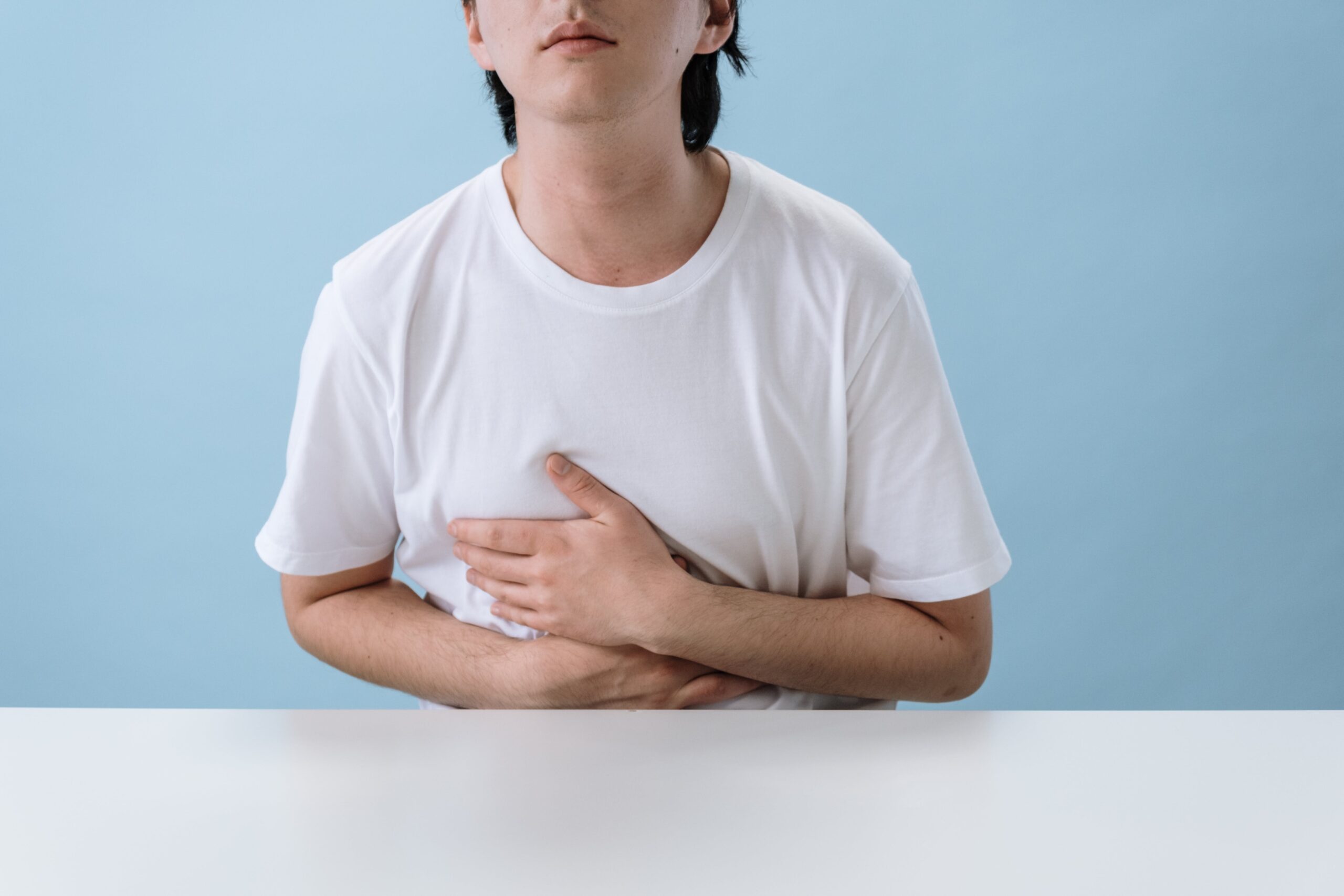
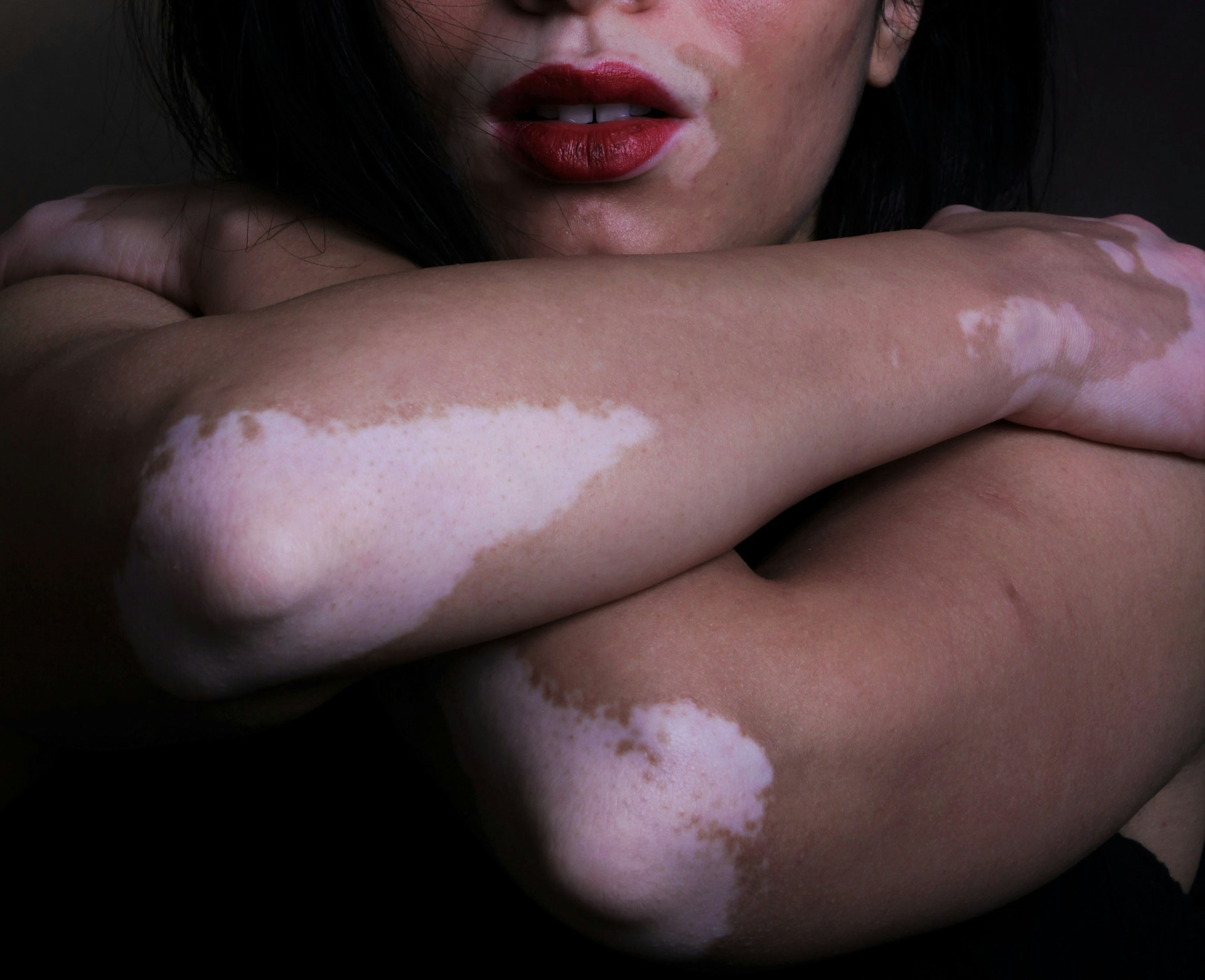
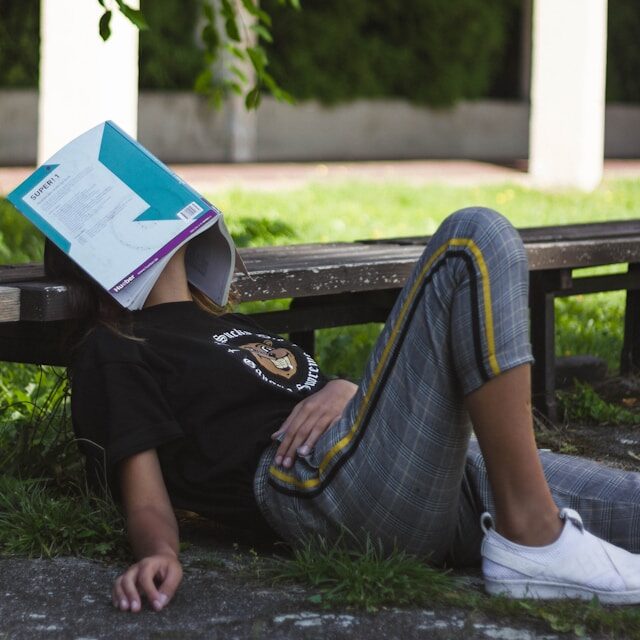
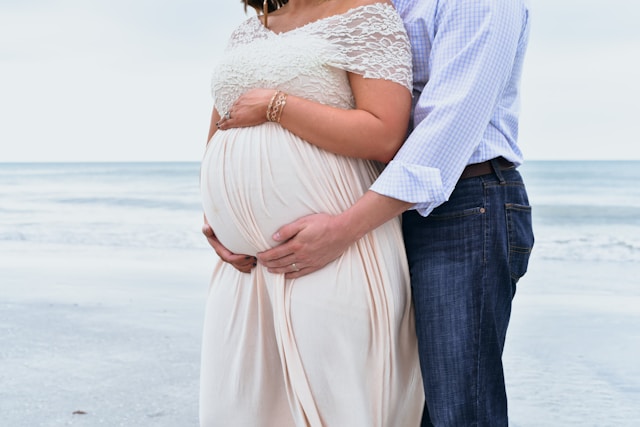


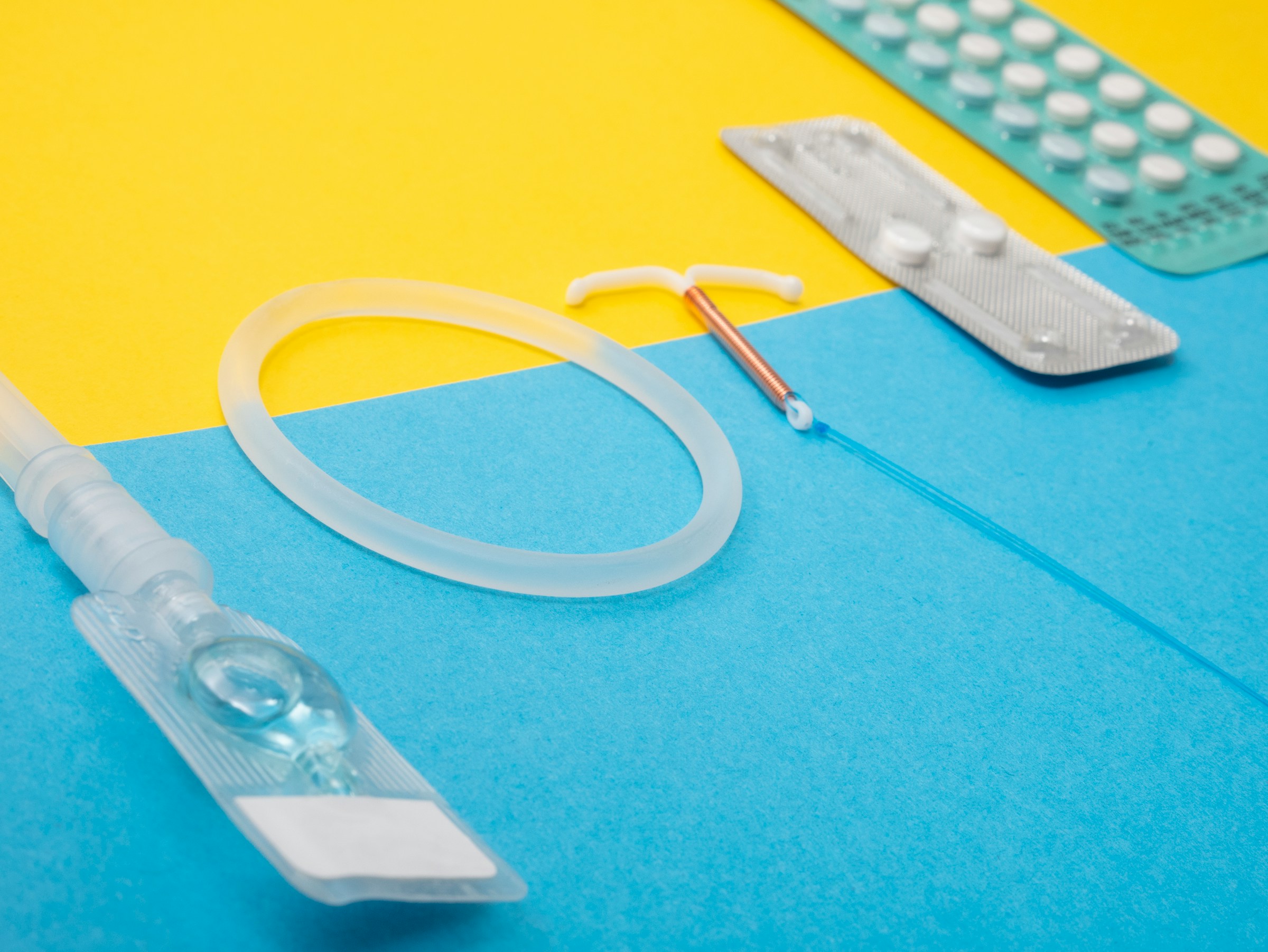
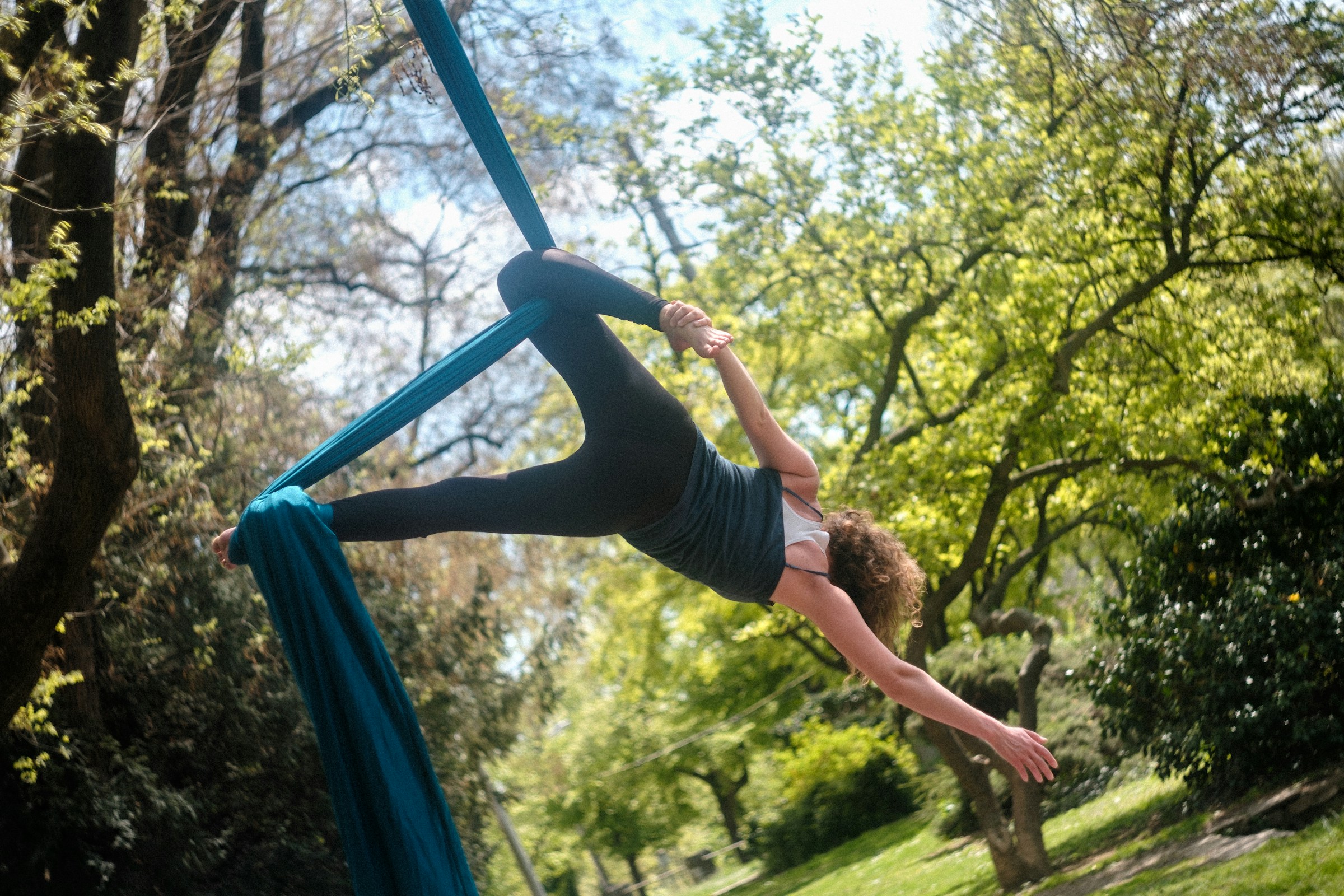
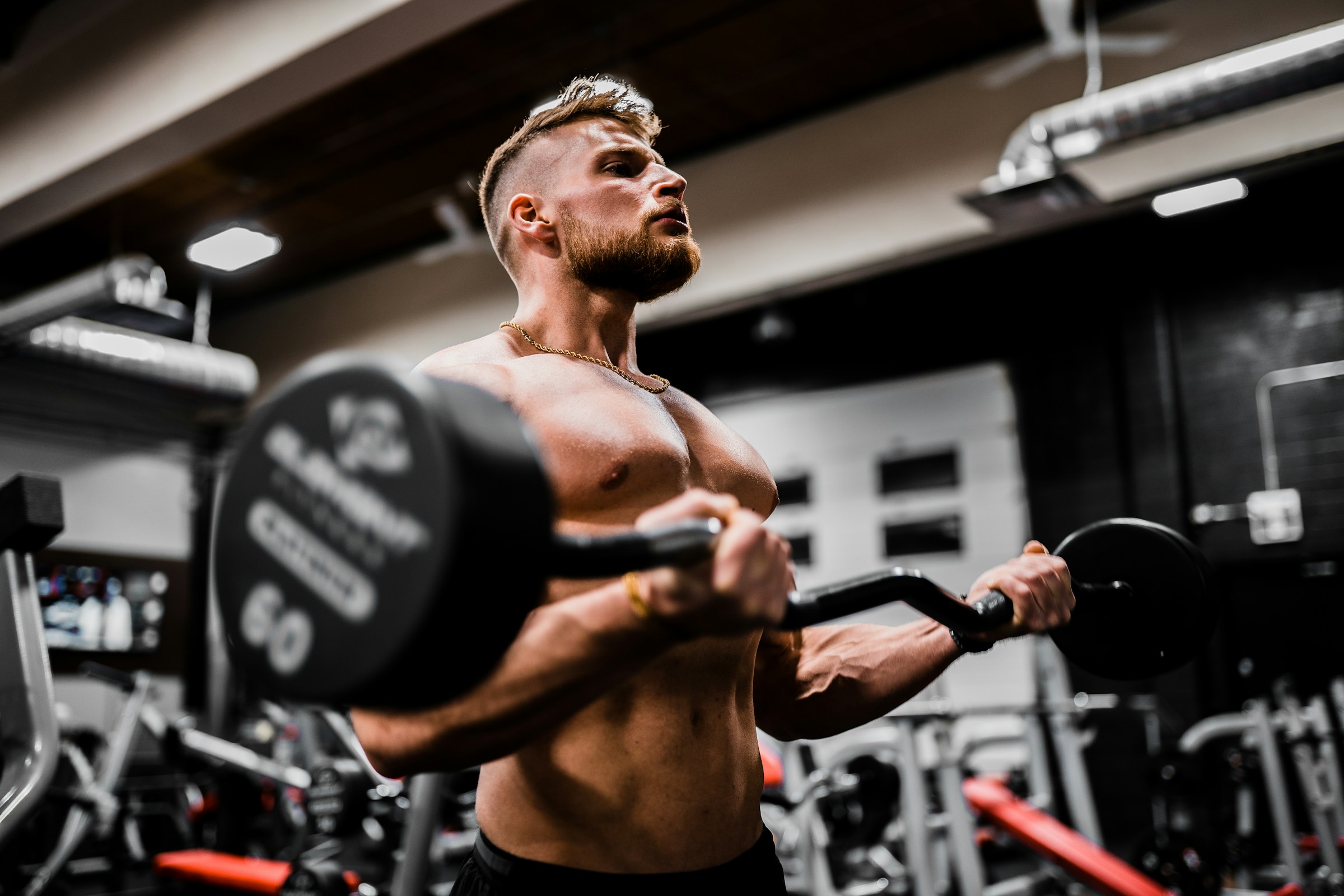
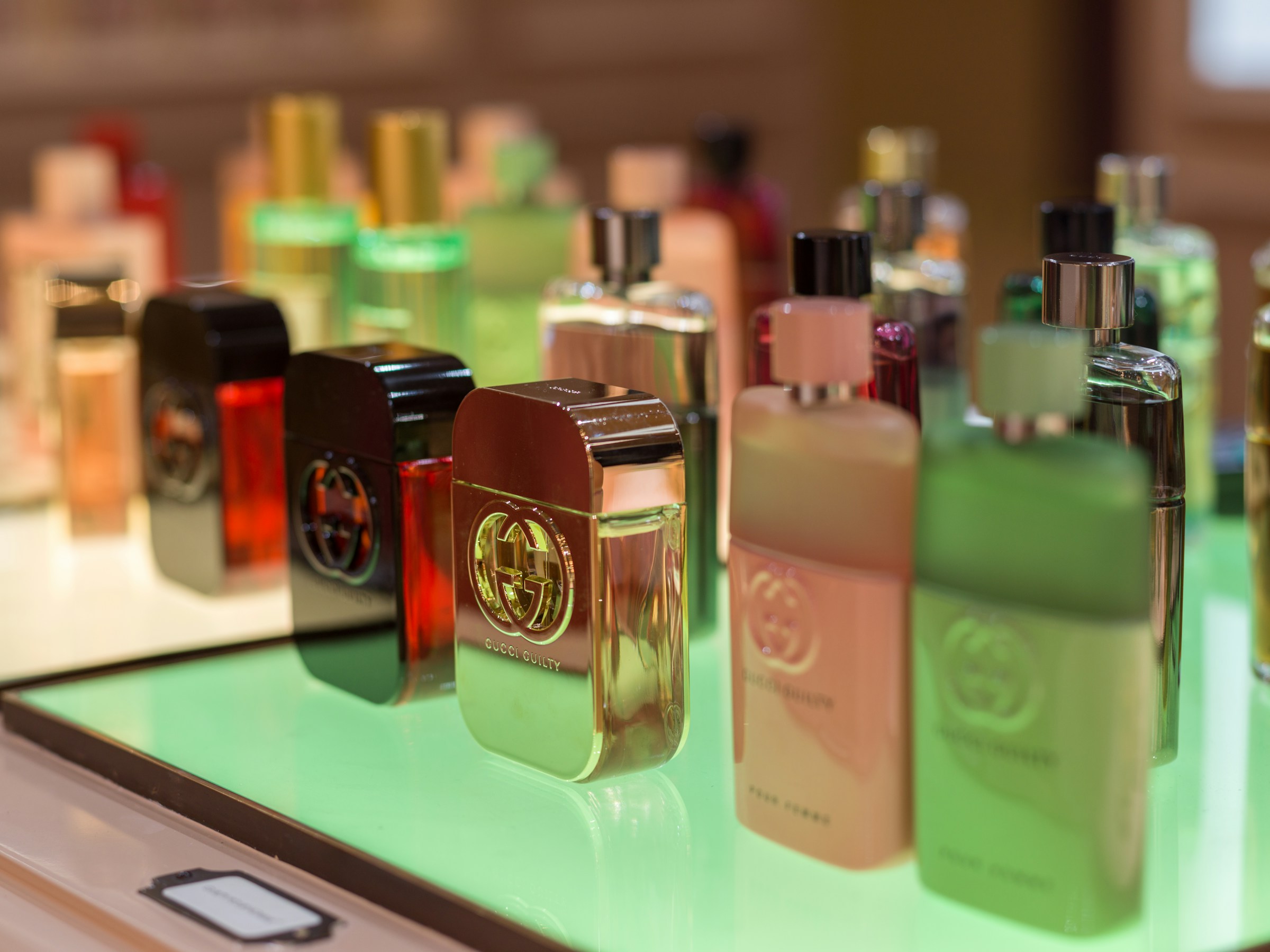
Leave a Reply
You must be logged in to post a comment.